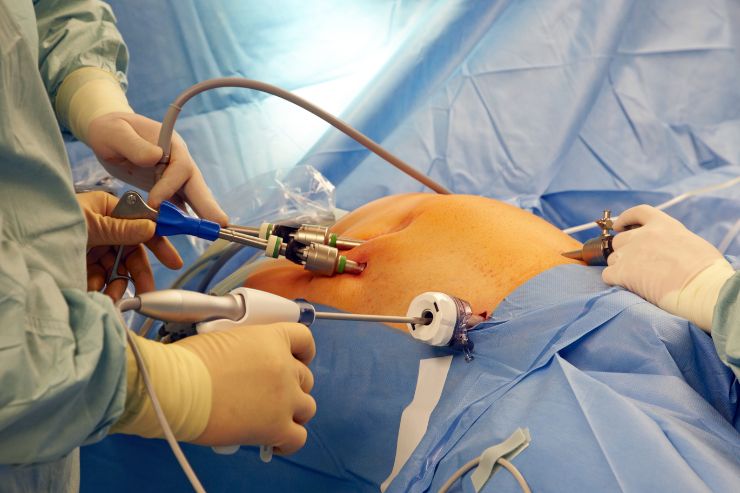Advanced Laparoscopy

Advanced Laparoscopy: Understanding the Procedure, Causes, and Treatment
Advanced Laparoscopy is an enhanced form of minimally invasive surgery used to diagnose and treat more complex abdominal and pelvic conditions. This technique utilizes sophisticated instruments and high-definition cameras to perform intricate procedures through small keyhole incisions, providing a less invasive alternative to traditional open surgery.
Causes: Advanced Laparoscopy is often recommended for conditions that require detailed and precise surgical intervention. These include chronic or severe abdominal pain, large or suspicious abdominal masses or tumors, extensive gastrointestinal issues such as severe reflux or complicated ulcers, and complex reproductive health concerns like severe endometriosis or infertility. It is also used for more challenging cases of appendicitis, gallbladder disease, hernias, ovarian cysts, and advanced-stage cancers.
Treatment: During an Advanced Laparoscopy procedure, the surgeon makes several small incisions in the abdomen and inserts a laparoscope, which is a thin, flexible tube equipped with a high-definition camera. This camera provides clear, magnified images of the abdominal cavity on a monitor, enabling the surgeon to see fine details and navigate with precision. Additional specialized instruments are introduced through the other incisions to perform complex tasks such as delicate tissue removal, precise organ repair, reconstructive surgery, or extensive biopsy.
Advanced Laparoscopy offers several benefits over traditional open surgery, including less postoperative pain, reduced risk of infection, shorter hospital stays, quicker recovery times, and minimal scarring. However, not every patient is an ideal candidate for this procedure. Factors such as the patient’s overall health, the nature and stage of the condition being treated, and the surgeon’s experience and expertise play crucial roles in determining the suitability of advanced laparoscopic surgery.

